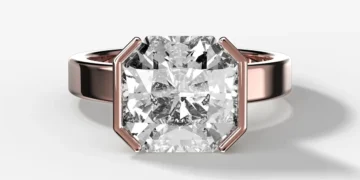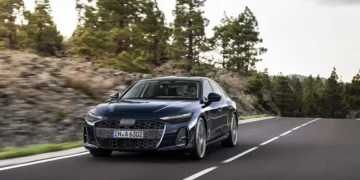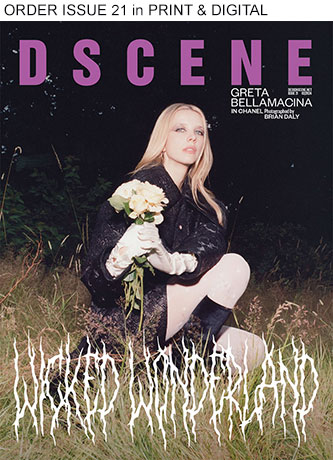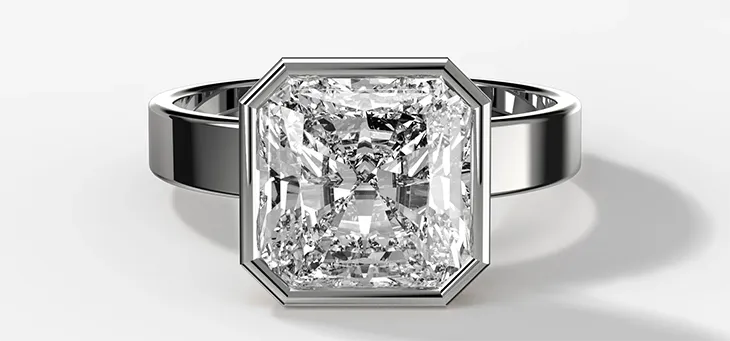
The shape of a diamond often carries quiet intent. Whether chosen for symmetry, softness, sharp edges, or contrast, the cut directs attention before clarity or carat ever enter the conversation. It doesn’t shout, but it signals. Some lean into tradition, others move toward structure, movement, or sentiment. While engagement rings often follow trends, the shape remains a distinct marker of personality and preference.
Current Preferences and Data
Round diamonds continue to lead the market, accounting for roughly 65% of all engagement rings. Oval shapes follow with around 15%, while princess cuts sit near 8%. Pear-shaped stones make up about 3%, yet their popularity shows signs of steady growth.
The average carat size has reached 1.8 in 2025, a noticeable shift linked to the increasing use of lab-grown diamonds. These now represent over half of all engagement rings, favored for offering larger sizes at lower cost. Round diamonds, despite their widespread appeal, remain the most expensive due to material loss during cutting – a process that sacrifices weight for brilliance.
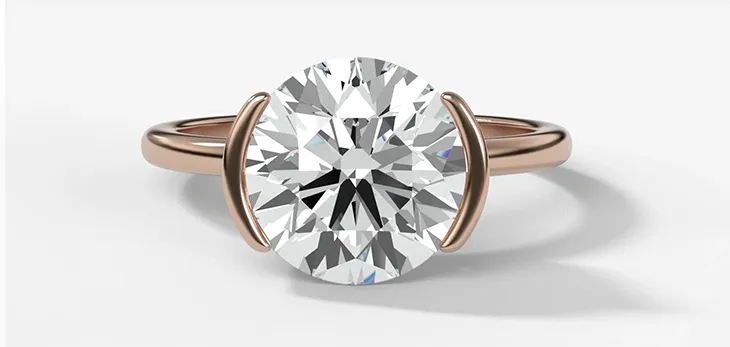
Round: Precision and Predictability
Those who choose a round diamond often favor consistency and balance. The cut, with its 58 facets, produces high brightness and remains the most symmetrical of all shapes. It tends to attract individuals who appreciate structure and seek clarity in both form and decision-making. Round diamonds offer visual stability – clean, calculated, and without disruption.
Princess: Edges with Intention
The princess cut brings sharp corners and a geometric form that feels defined. It resonates with people who prefer direct communication and crisp design. While elegant, the shape carries a certain restraint, avoiding excess in favor of control. The square silhouette suggests confidence and practicality. It’s frequently chosen by those who want refinement that avoids embellishment.
Oval: Elongation and Subtle Distinction
Ovals create a sense of elongation and efficiency, often appearing larger than other shapes of the same carat. This quality appeals to those who appreciate balance without leaning into symmetry too strictly. The oval shape offers familiarity while introducing a subtle shift in proportions. It often draws in those who seek a design that feels elevated yet personal.
Emerald, Asscher, and Radiant: Structure Meets Detail
The emerald cut emphasizes clean lines and openness. With its broad, step-like facets, it favors clarity and precision over sparkle. Those who choose this shape often value directness and transparency in both style and behavior. The emerald doesn’t attempt to mask imperfections, which appeals to buyers who prefer honesty in material and message.
The asscher cut carries a square shape with cropped corners, producing a soft but organized grid. Its vintage roots draw in those who prefer structure without rigidity. It attracts people who enjoy control paired with a degree of quiet complexity.
The radiant cut diamond ring delivers both sparkle and structure with intention. It carries a quiet confidence that holds attention. Often chosen by those who seek visual energy within a stable frame, it reflects a preference for precision over repetition.

Pear and Marquise: Movement and Expression
The pear shape, with one rounded end and one pointed tip, creates motion and direction. It appeals to those who resist stillness and prefer asymmetry with purpose. The shape conceals inclusions well and often costs less per carat, making it a favorite among those who value both distinction and practical thinking.
Marquise diamonds offer a stretched, pointed silhouette that feels unmistakable. This cut favors individuals who lean into visibility. It occupies space confidently and often looks larger than its carat weight suggests. After Selena Gomez wore a marquise ring, interest surged by over 20%, confirming its connection to performance and presence.
Heart: Clear Emotion
Heart-shaped diamonds carry an open message. With curves and a central cleft, this cut doesn’t seek subtlety. It’s chosen by individuals who lean into romance without hesitation. Precision is key when cutting a heart – imperfections can disrupt symmetry – making it a technical challenge and a personal statement. In 2025, nearly 90% of heart-shape purchases come from women buying rings for themselves, reinforcing its role as an emblem of personal meaning.
Shape by Region and Age
Preferences vary by geography and demographic. Princess cuts tend to appear more frequently in cities, while cushion shapes dominate in rural areas. Mixed-shape settings – such as a round center with pear side stones – are gaining interest for those seeking visual range without overcomplication.
Age also plays a role in how rings are selected. Buyers under 30 often rely on platforms like Instagram and Pinterest, while those over 40 tend to prefer in-store advice and real-life trials. Resale values differ, too: round diamonds retain around 80% of their price, while heart shapes hold closer to 50%. Durability depends on design; round diamonds resist chipping best, while pointed cuts require protective settings.
Shape Comes First
Long before the finer details are discussed – metal, carat, clarity – the shape leads the decision. It carries messages about how a person moves through life, communicates affection, or expresses their taste. Whether chosen for symmetry, direction, or silence, the cut always speaks. Sometimes it says “classic,” sometimes “unexpected,” and occasionally, it says everything at once – without ever needing to explain itself.
